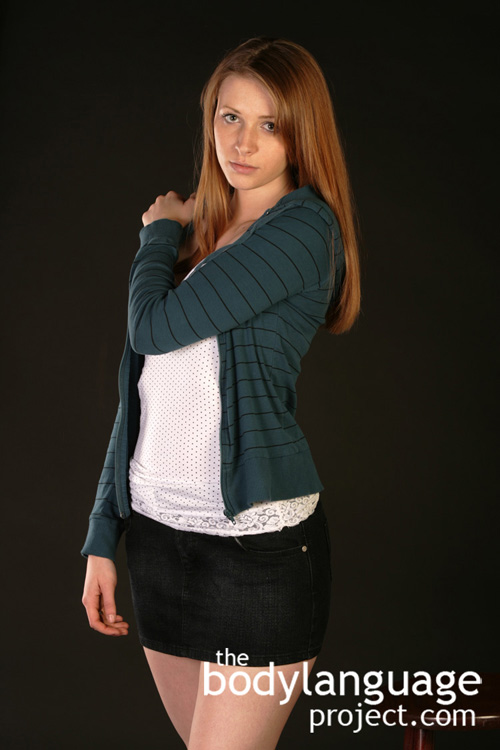Arm gripping is an arm crossed posture whereby each arm grabs the arm opposite. The hidden meaning it indicates is tension, discomfort, anger or anxiety. This posture shows both negativity and restraint, meaning that a person is fully expecting to face a bad outcome and won’t relax until that news comes and at the same time are holding themselves back from truly expressing their feelings or lashing out. The arms grip each other so they won’t do something regretful. Those waiting for bad news, such as the results from a medical test, or the outcome of risky surgery on a loved one, will carry themselves in this way. Other times it happens as one waits for stressful events or appointments to commence such as seeing the dentist.
It is similar to other forms of self-hugging as it protects the body from exposure and provides comfort, but is also an extreme form of energy is displacement. The physical act of squeezing the arms, even to the point that circulation is cut off from the knuckles making them appear white, is a rudimentary form of mental therapy. Just like some people will run, exercise or do yoga, others will throw and break things to blow off steam. Self inflicted pain, such as arm gripping is no different, it just provides an easy, less destructive method to release nervous energy in measured quantities. Arm gripping isn’t always extreme and violent as sometimes it can go completely unnoticed and appear as simple arm crossing. What gives it away is that the hands wrap around the arms instead of resting on one side and tucked under the other.




